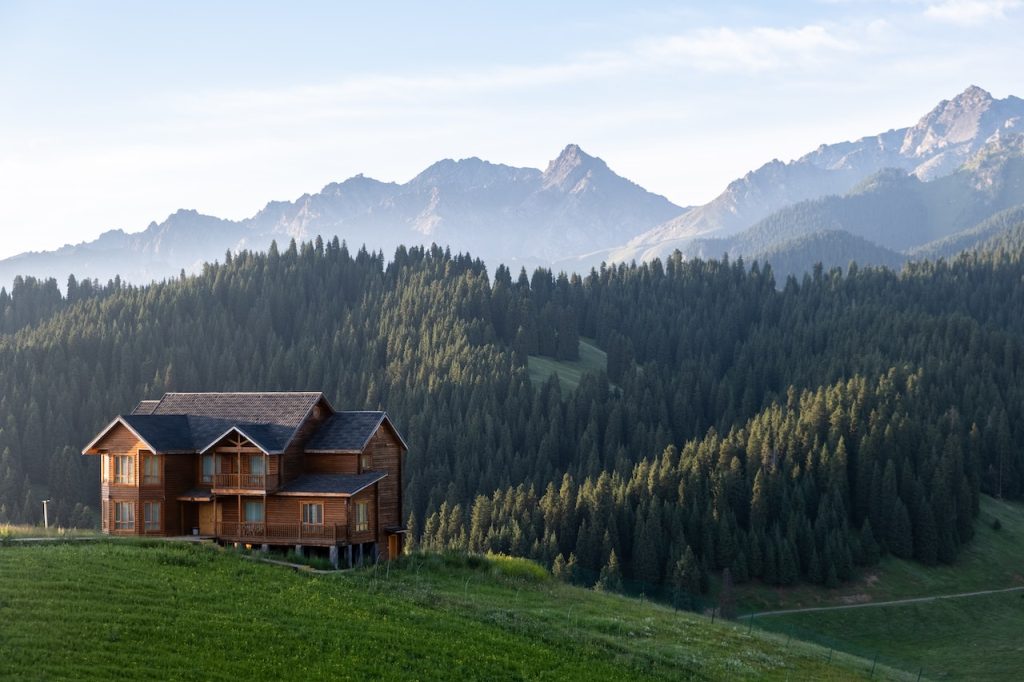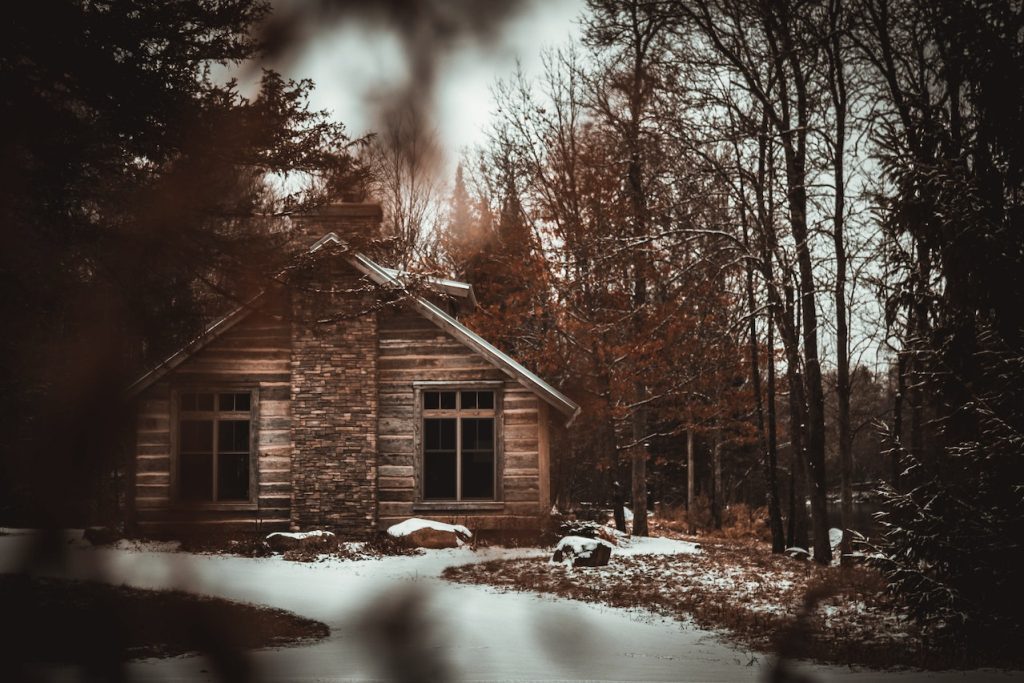### Biodiversity in Your Backyard: How to Create a Habitat for Pollinators
There’s nothing quite like the feeling of sitting on a sun-warmed porch, a gentle breeze rustling through the leaves, and watching as a symphony of bees, butterflies, and hummingbirds flits from flower to flower. It was one sunny afternoon when I first realized the magic unfolding in my own backyard: a lively orchestra of pollinators busy at work, transforming my once-ordinary garden into a vibrant ecosystem. I didn’t just plant flowers; I cultivated life. Now, I want to share with you how to create a flourishing habitat for these essential beings and, in turn, enrich the biodiversity in your own backyard.
### Why Are Pollinators Important?
Pollinators, including bees, butterflies, birds, and even some bats, play a pivotal role in our food systems and ecosystems. They are responsible for pollinating around 75% of the world’s flowering plants, including many crops we consume daily—fruits, vegetables, nuts, and seeds. In addition to food production, they support biodiversity and enhance the resilience of ecosystems. A burgeoning population of pollinators contributes to a healthier garden, improves soil quality through diverse root systems, and attracts other wildlife, creating a balanced environment.
### Assessing Your Space
Before you dive in, take a moment to assess your space. Whether you have a sprawling garden, a cozy balcony, or just a few pots on your porch, you can enhance biodiversity. Consider the following:
1. **Sunlight**: Most pollinators love sunshine. Identify sunny spots in your backyard—at least six hours of sunlight daily is optimal.
2. **Water Sources**: Pollinators need water, too! Look for areas to create small puddles or shallow dishes filled with pebbles and water for safe sipping.
3. **Native Plants**: Native plants are vital; they have evolved alongside your local pollinators. Research the plants indigenous to your region to get a head start.
### Selecting Plants for Pollinators
Creating an inviting habitat begins with selecting the right plants. The key is diversity! Here are some tips to optimize your selection:
#### Choose Native Flowers
1. **Identify Plant Families**: Include a variety of flower shapes and colors—bees are attracted to blue and purple flowers, while butterflies prefer flat, open blooms.
2. **Seasonal Interest**: Choose plants that bloom at different times throughout the growing season. This ensures there’s nectar available year-round. For example, Early Spring: Crocuses, Late Summer: Asters, Autumn: Goldenrod.
3. **Herbs and Vegetables**: Don’t overlook edible plants! Herbs like basil, thyme, and lavender attract pollinators, and flowering vegetable plants such as squashes and cucumbers can also serve.
#### Incorporate Host Plants
Certain species require specific host plants for their larvae. For instance, monarch butterflies need milkweed, while swallowtails prefer dill and parsley. By including these, you’ll not only attract adults but also help cater to their young.
### Creating Shelter and Nesting Sites
While vibrant flowers are crucial, pollinators need safe havens too! Here’s how to create cozy shelters:
1. **Bee Hotels**: You can buy or create bee hotels using untreated wood. Hollow stems, reeds, or drilled blocks of wood can provide vital nesting spaces for solitary bees.
2. **Ground Nests**: Many native bees burrow into the ground. Leave patches of bare soil untouched in your garden for them.
3. **Plants for Shelter**: Tall plants provide shelter for more delicate species. Grasses can also offer hiding spots.
4. **Brush Piles and Logs**: A pile of branches or fallen logs can create natural shelters for various insects and small animals, enhancing biodiversity.
### Avoiding Harmful Chemicals
To keep your pollinator haven thriving, avoid synthetic pesticides and herbicides. Instead, opt for organic solutions and natural pest controls:
– **Companion Planting**: Planting certain combinations of plants can repel pests. For example, marigolds can deter aphids.
– **Hand-Picking**: For small infestations, hand-picking pests can be an effective and chemical-free method.
– **Beneficial Insects**: Attract ladybugs, lacewings, and predatory beetles that naturally handle pest populations.
### Creating a Water Source
Pollinators need hydration, especially on hot days. Here’s how to set up an inviting water source:
1. **Birdbath**: A shallow birdbath provides water for birds and bees alike. Add stones to give pollinators a dry perch.
2. **Miniature Ponds**: If space allows, a small pond or water feature can serve as a stunning aesthetic and hydration hub.
3. **Mason Jar Fountains**: Create charming water stations using inverted mason jars filled with water, ensuring they have little rocks or marbles to serve as landing spots.
### Pro Tips for Maximum Impact
1. **Plant in Clusters**: Instead of spacing out flowers, plant them in clusters. Pollinators are more likely to visit large swathes of color.
2. **Keep a Pollinator Journal**: Track the species you attract. This can allow for more targeted planting in the future.
3. **Community Efforts**: Team up with neighbors. Share plants and resources, and create a larger habitat corridor that supports pollinators beyond your yard!
4. **Educate**: Consider creating informational signs in your garden to raise awareness about native species or beneficial insects.
### Conclusion
Creating a biodiverse habitat for pollinators doesn’t require a green thumb or extensive space; it simply involves a little planning, love, and a willingness to cultivate life in your backyard. By planting native species, providing shelter, and ensuring a safe environment, you can attract a myriad of pollinators that will enhance your garden’s beauty and productivity spectacularly.
As you begin this journey into biodiversity, remember it’s not just about the flowers; it’s about fostering connections between plants, creatures, and the natural world. You’ll soon find yourself enchanted by the lively dance of bees and the fragile flutter of butterfly wings. So dig in, plant some flowers, and watch your backyard transform into a thriving ecosystem alive with color, sound, and life! Happy gardening!



